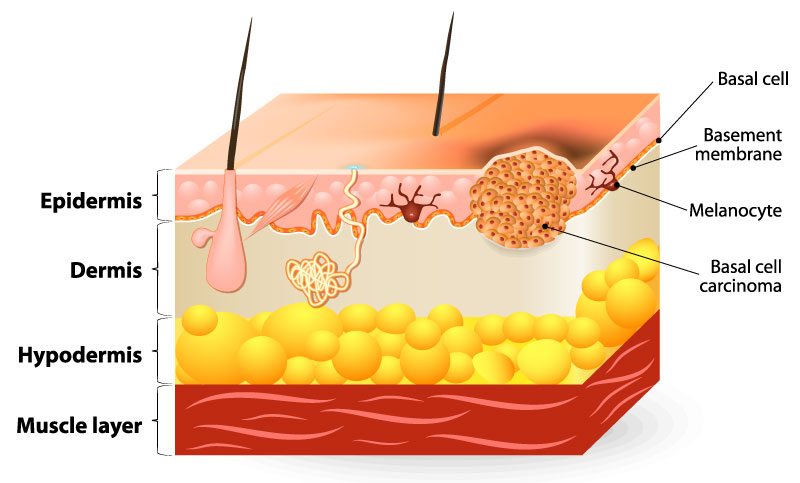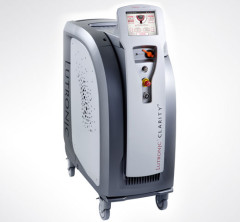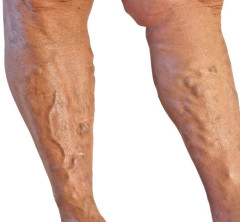Skin Cancer in Charlotte
Basal Cell Carcinoma
Basal Cell Carcinoma (BCC) is the most common form of skin cancer. BCCs often appear on skin that has been repeatedly exposed to the sun (i.e.- face, scalp, ears, hands, neck) but may also occur elsewhere on the body. Slow-growing & highly-treatable, BCCs could cause further damage to surrounding skin if ignored for too long.
Basal Cell Carcinoma Signs & Symptoms:
- spots that won’t completely heal
- spots that heal but then come back
- spots that bleed or itch frequently
- weepy & crusty spots
Basal Cell Carcinoma Types:
- Superficial BCC: flat, pink or red patch that grows outwardly on the skin; may have slightly raised borders & look shiny or scaly
- Nodular BCC: pearly, white, pink or flesh-colored growth, often dome-shaped (or sometimes flat) with tiny visible blood vessels; may have a depressed center or ulceration
- Sclerosing BCC: pale flesh-colored or white growth, often flat (or sometimes raised); may feel waxy or firm and could look like a scar or become depressed
Squamous Cell Carcinoma
Squamous Cell Carcinoma (SCC) typically shows up on skin that has had repeated sun exposure (i.e.- face, scalp, ears, hands, neck) but could occur elsewhere on the body. SCCs usually grow faster than BCCs, but are still considered highly-treatable. Damage to surrounding skin could progress quite rapidly if left untreated.
Squamous Cell Carcinoma Signs & Symptoms:
- spots that never seem to heal
- spots that heal but then come back
- spots that tend to bleed easily & often
- rough, crusty or scaly spots
Squamous Cell Carcinoma Types: SCCs are usually persistent in nature & distinguishing between the types can be difficult.
- SCC in-situ or Bowen’s Disease: red, pink scaly patch, usually flat or slightly-raised; generally grows slowly, but could become ulcerated
- Keratoacanthoma: red, pink or flesh-colored growth that appears suddenly & then grows rapidly; has a central “plug” or indentation that may bleed
Malignant Melanoma
Malignant Melanoma (MM) is by far the most dangerous form of skin cancer with incidence rates growing year after year. If caught early, MM is highly-curable; however, prompt detection & surgical removal are essential. Those with fair skin and/or family history of melanoma are at a higher risk, but people of all skin types can be affected. MM is now the most common form of cancer in people age 25-29, with indoor tanning beds thought to be a contributing factor to this statistic. Repeated exposure to UV light is known to be a major cause of MM. Any time you are out in the sun, protect your skin with a broad-spectrum sunscreen of SPF 30 or higher, applied every 2 hours – all year long.
Melanoma Signs & Symptoms:
- learn the ABCDEs of skin cancer
- spots that look different or stand out from your other moles
- spots that seem to be changing quickly
- spots that itch or bleed easily




















